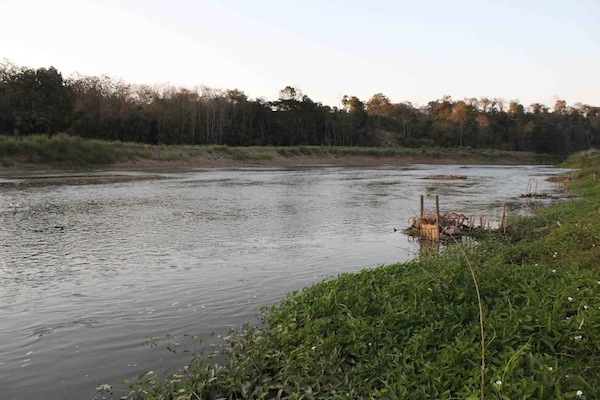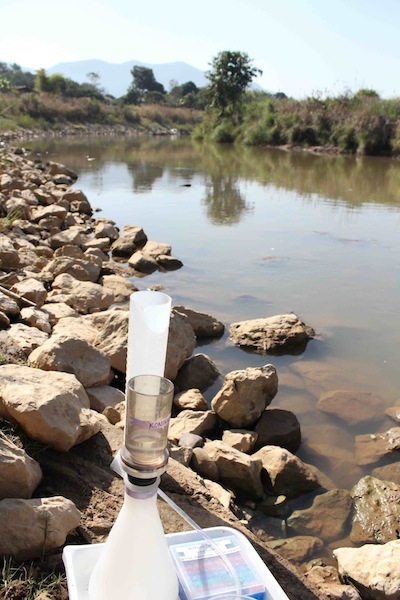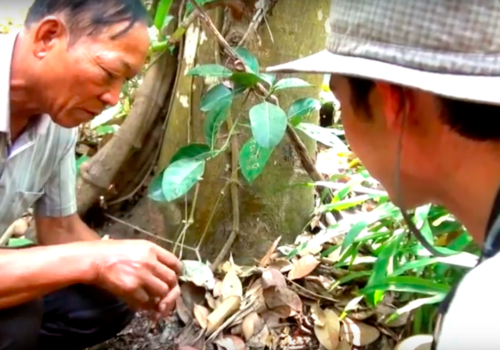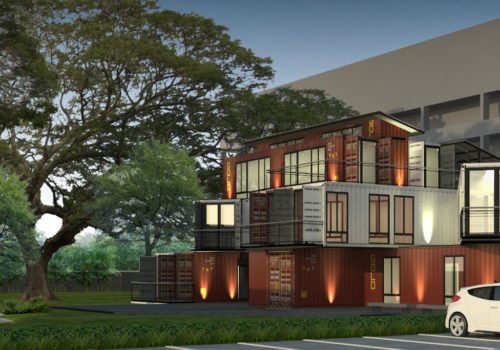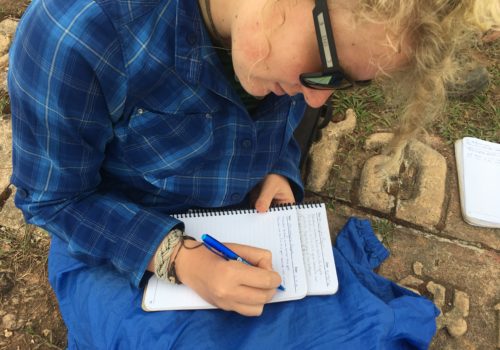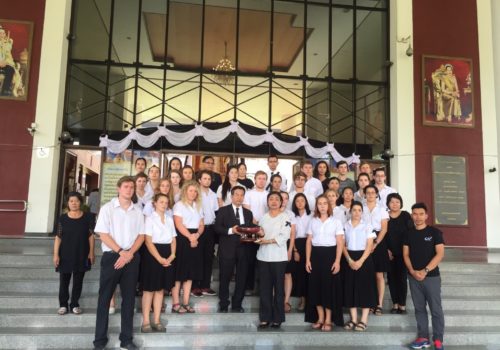The country of Thailand offers a unique area for ecosystem and social studies. ISDSI students and staff are offered opportunities for research not available in many other places in the world: old world tropical forests, expansive coral reefs, seagrass beds, mangroves, and lush riparian ecosystems along with developing irrigation systems, growing cities, massive infrastructure projects, and cultural and social adaptation to outside influences. It is no surprise, then, that students and staff leaving the institution often become involved in studies related to Southeast Asia, and return to the country to learn more about this tumultuous region.
This is true for Aaron Koning, a former field instructor for ISDSI of four years, who returned to Thailand the months of January and February to research ecosystem dynamics of rivers and streams and fish migration in Thailand, looking at tributaries to both the Chao Phraya and the Mekong rivers. These two months will serve as a general survey for next year, when Aaron will be in the country for the bulk of his PHD research for the University of Wisconsin-Madison. I had the opportunity to tag along with Aaron for three days as he assessed a variety of rivers in northern Thailand.
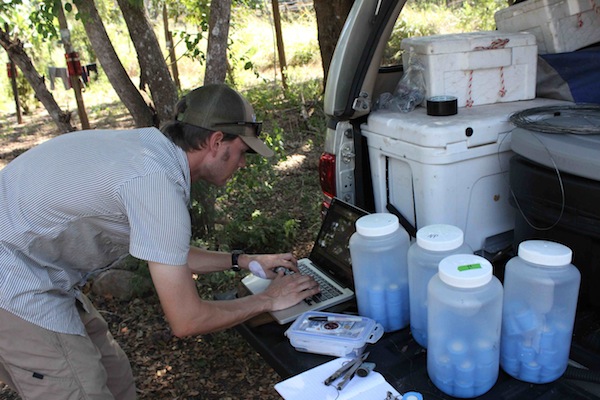
Aaron loads site location information on HOBO data loggers, which will be placed in the river with agar trays.
Traveling in a rented truck, we accessed five different locations in three days: the Ping River in Chiang Dao, the Wang River in Lampang, the Yom River in Phrae, the Nan River just outside of Tha Wang Pha, and the Ing River in Thoeng. At each site, samples were taken to determine the amount of dissolved particulate matter in and the bacterial and chemical makeup of the river. Samples were chilled on ice, and will eventually be shipped back to the United States for analysis at Wisconsin-Madison and partner universities. At each site, nutrient addition experiments were run by placing nutrient-enriched agars in cups, which were randomly organized on a tray, and placed in the river where a constant current would flow over the top. Agars were enriched with Nitrogen, Phosphorous, Nitrogen + Phosphorous, or were left unenriched as controls. By measuring and comparing the algal biomass grown on each cup after two weeks, Aaron could determine what sorts of nutrient limitations are present in each river. Finally, measurements of the flow, conductivity, dissolved oxygen and temperature of the river were made to give a full picture of the river.
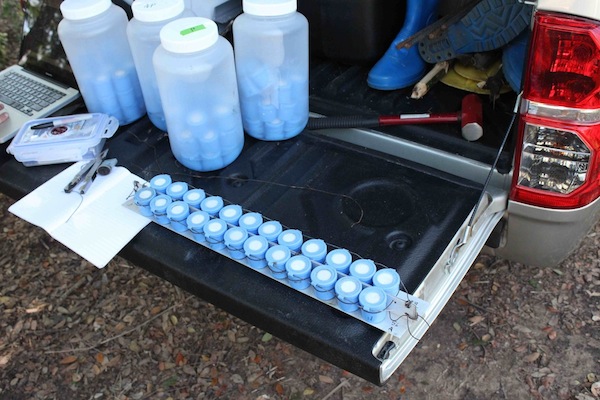
Cups loaded with nutrient-enriched agar were put into the river at each site to determine nutrient limitations.
Aaron’s research also takes him to both Mae Sariang and the Yom River for food web studies within the respective areas. With help from local villagers, Aaron collected a large diversity of aquatic species, from which tissue samples were collected and will later be analyzed for isotope signatures. These isotope values (using naturally occurring Nitrogen and Carbon isotopes) can be used to build a food web starting from the primary producers to the highest predators. These webs give an idea of where the major food sources for aquatic species come from–anywhere from terrestrial plant detritus or benthic plants.
Research in Thailand does come with specific challenges. For example, in a climate with one prevalent rainy season followed by months of dry, warm, rainless weather, one must be aware of the river dynamics. The Wang River in Lampang presented a wide, but shallow riverbed which fluctuates drastically over the year. Thanks to some help from the local headman, however, we were able to place the agar cups in a location, we were assured, that would remain underwater for the period of two weeks. On top of that, the headman and his assistant provided us with a barrier of bamboo poles and a handwritten sign that would assure no curious individuals would disturb the agar tray.
This cooperation with locals proved to be very important in Aaron’s research. During his first month in Mae Sariang, several of his nutrient diffusion experiments were compromised by locals who were unaware of the project. To ensure this would no longer be an issue, Aaron communicated at each site the nature of his research, and the need to have someone monitor the area to assure the data collection could be completed. Everyone seemed willing to help out, a good characterization of the general good will Thai nationals possess. Also, in locations like Phrae, relationships formed over many years working with ISDSI help build a level of trust and ownership over the project amongst villagers.
Thanks to his time in Thailand as a student and instructor, Aaron possesses the cultural skills necessary for research in the region. Smart research not only requires a well developed focus of study, but an awareness of the human element of one’s field of research.
